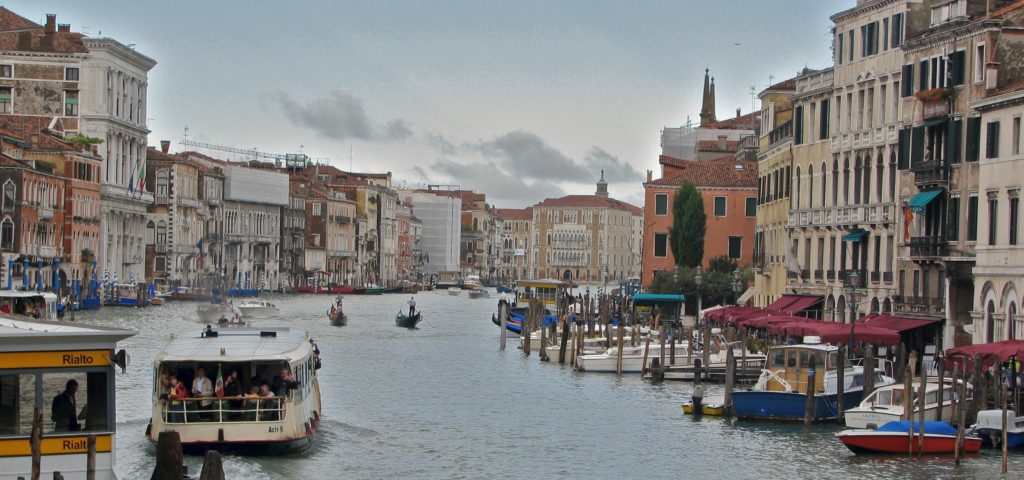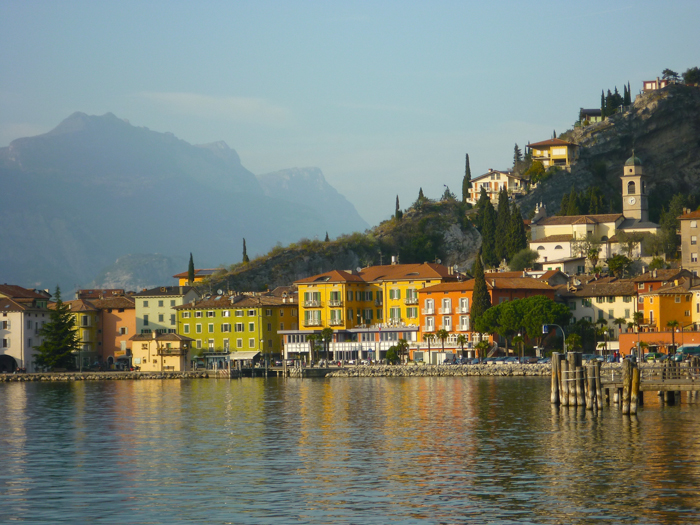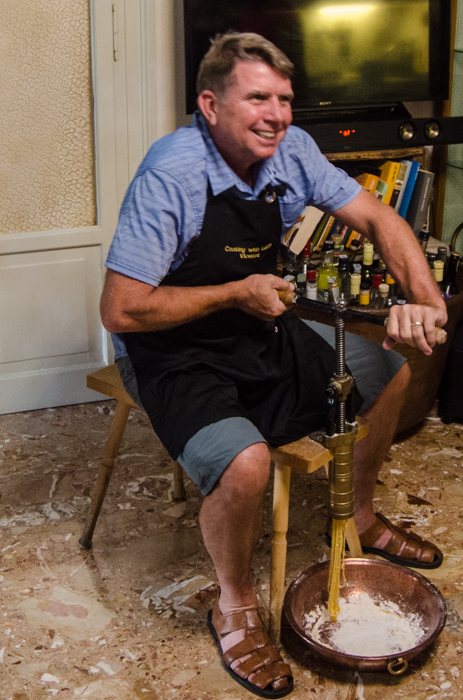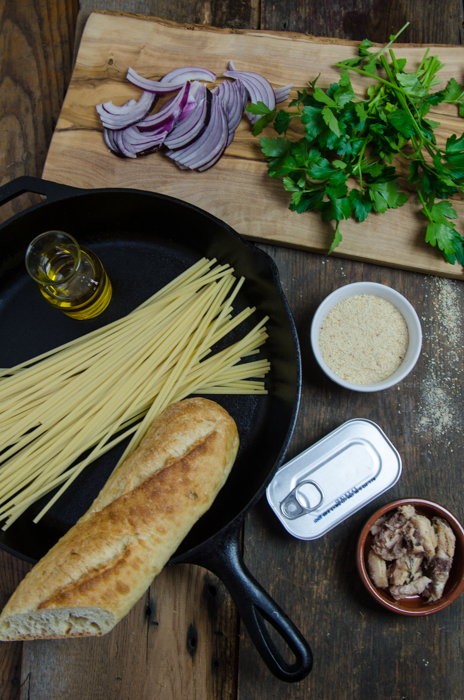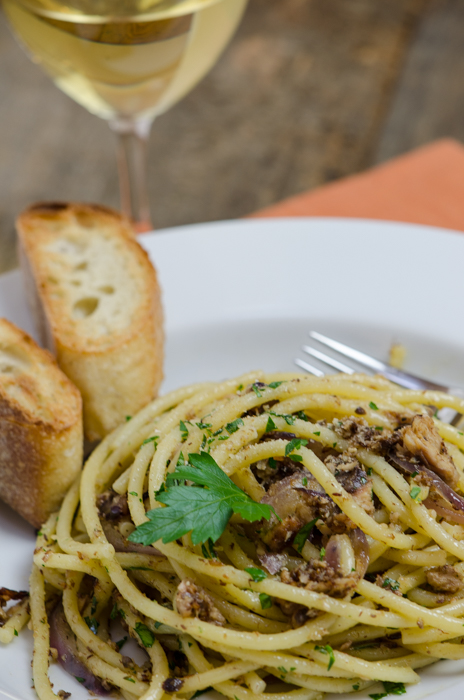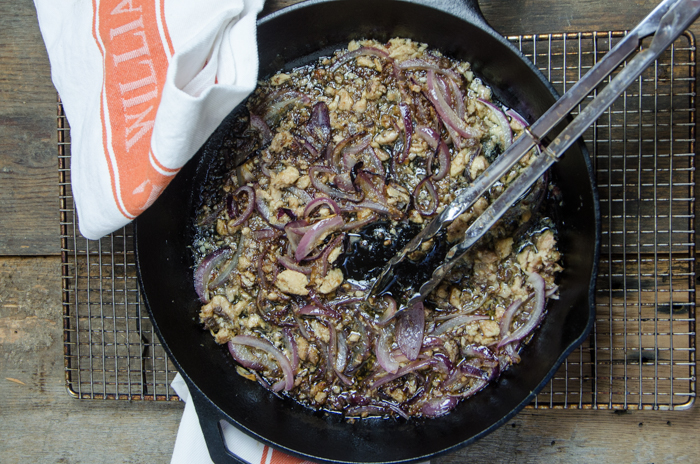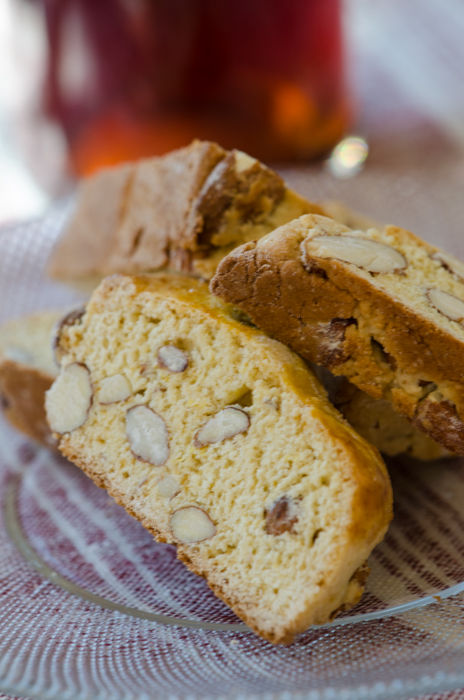 No matter where we travel in Tuscany, be it biking in the Val D’Orcia on our way to taste Brunello, or walking through the vineyards of Chianti, we find this same dessert to end every meal – Cantucci and Vin Santo. Vin Santo in Tuscany is the local sweet dessert wine; many areas have a favorite sweet local wine to enjoy with dessert, be it Vin Santo in Tuscany, Recioto in Valpolicella and Soave, or Sciacchetrà in Liguria. All typically are traditionally paired with a local dolce (sweet) – in the Veneto it is Sbrisolona you enjoy with your Recioto, Pandolce Genovese with Sciacchetrà, in Tuscany it is Cantucci.
No matter where we travel in Tuscany, be it biking in the Val D’Orcia on our way to taste Brunello, or walking through the vineyards of Chianti, we find this same dessert to end every meal – Cantucci and Vin Santo. Vin Santo in Tuscany is the local sweet dessert wine; many areas have a favorite sweet local wine to enjoy with dessert, be it Vin Santo in Tuscany, Recioto in Valpolicella and Soave, or Sciacchetrà in Liguria. All typically are traditionally paired with a local dolce (sweet) – in the Veneto it is Sbrisolona you enjoy with your Recioto, Pandolce Genovese with Sciacchetrà, in Tuscany it is Cantucci.
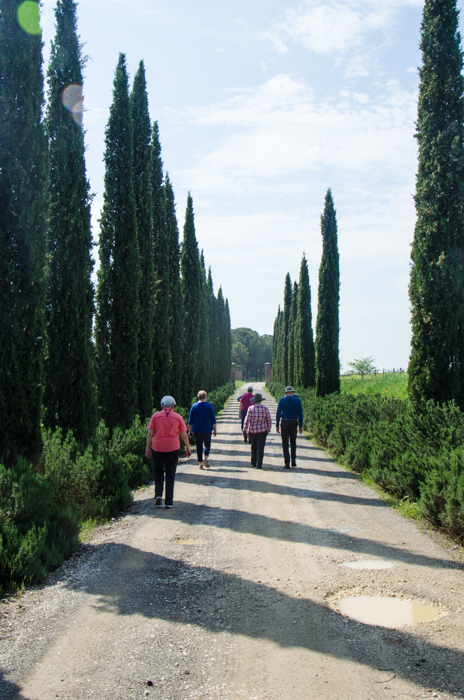
Cantucci, or Cantuccini, are small biscotti. Biscotti are oblong-shaped, dry and crunchy cookies, as they are twice-baked, perfect for dipping into a drink like Vin Santo. They are known as Cantucci or Cantuccini in Tuscany, but are also referred to here as biscotti di Prato, the biscuits of Prato, a city just outside of Florence. Here, in 19th century, local pastry chef Antonio Mattei perfected a recipe for an almond biscotti, winning numerous awards including one at the Universal Exposition in Paris in 1867. His original shop, the “Biscottificio Antonio Mattei”, is still the leading manufacturer of these biscuits in Prato. Just below the name on the sign outside is the description “Fabbricante di Cantucci” (Manufacturers of Cantucci).
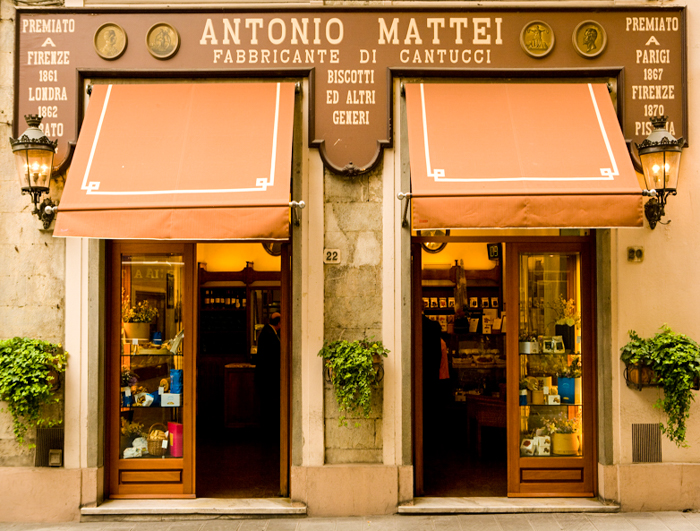
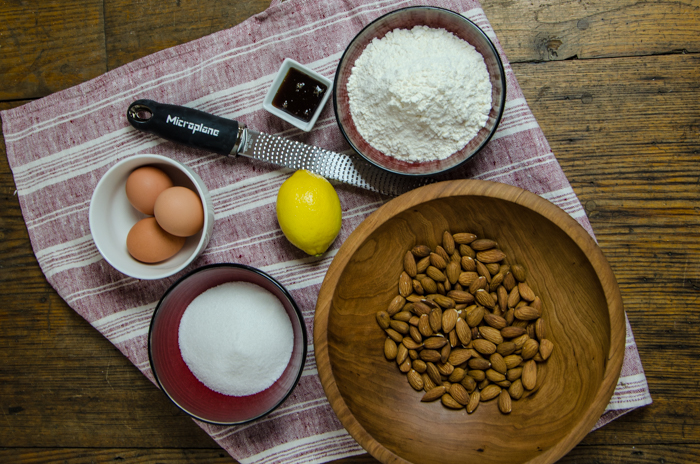 We made cantucci in a cooking class on one of our Italiaoutdoors private Tuscany tours. I cannot claim that this is Antonio’s original award winning recipe, but it is from a native Tuscan chef – and it pairs perfectly with a nice glass of Vin Santo!
We made cantucci in a cooking class on one of our Italiaoutdoors private Tuscany tours. I cannot claim that this is Antonio’s original award winning recipe, but it is from a native Tuscan chef – and it pairs perfectly with a nice glass of Vin Santo!
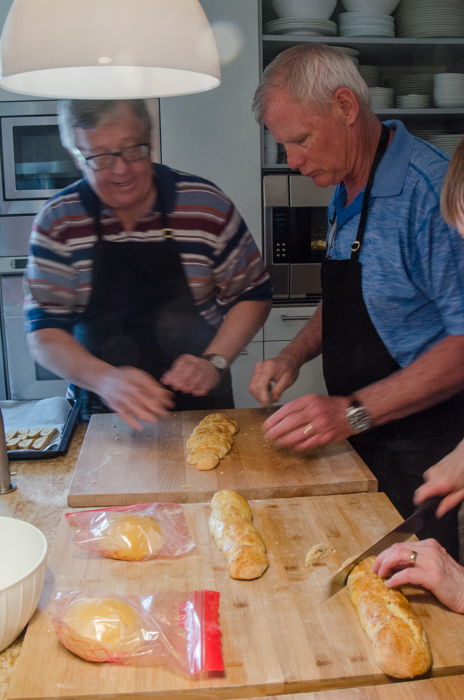
For those unfamiliar with Vin Santo, it is a sweet wine with a long history of production in Tuscany. Once called the “wine of hospitality”, it was used to warm up a passing stranger on his way down from the hills, celebrate some happy event, or make a toast on a Sunday after a special meal.
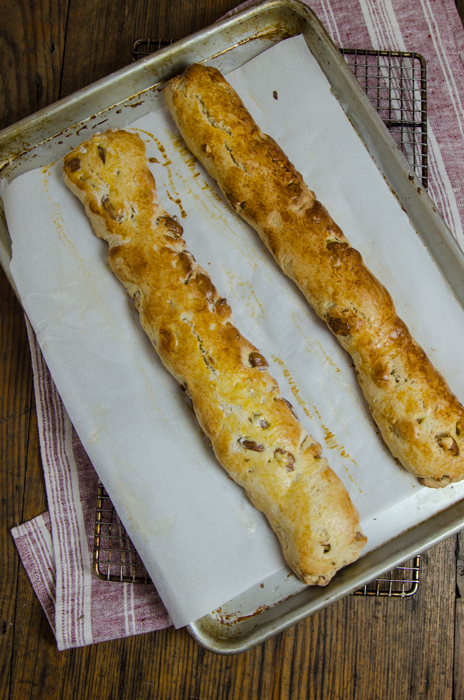
We find many a Vin Santo here – twenty-six of Tuscany’s 41 DOCs make a Vin Santo, as do a few DOCs in other regions. Vin Santo wines are typically blends of an assortment of local varietials, typically white, with Trebbiano most often used. On our visits to Montepulciano we sample Occhio di Pernice, meaning “Eye of the Partridge,” a Vin Santo made with red grapes, usually Sangiovese.
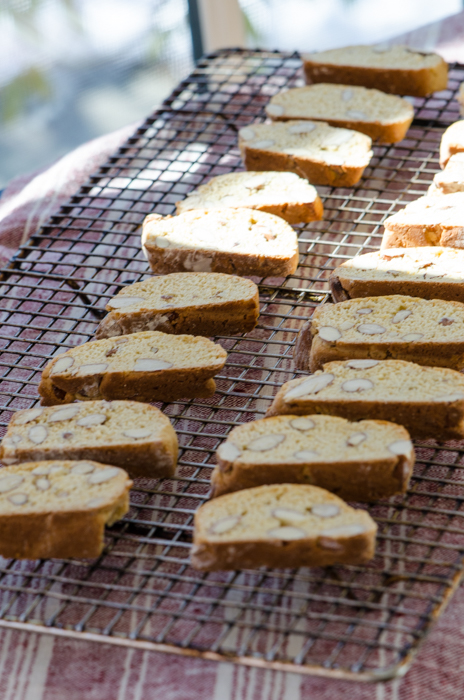
The traditional fermentation method is extremely typical for Vin Santo wines: the harvested grapes are selected and hung up to dry in temperature- and humidity-controlled rooms. Drying concentrates the sugars, makes it possible to obtain the sugar levels necessary to make the wine. The grapes are pressed, then aged in wooden barrels. The ageing period lasts for at least 3 years for the Vin Santo, 5 years for the Riserva and 6 for the Occhio di Pernice.
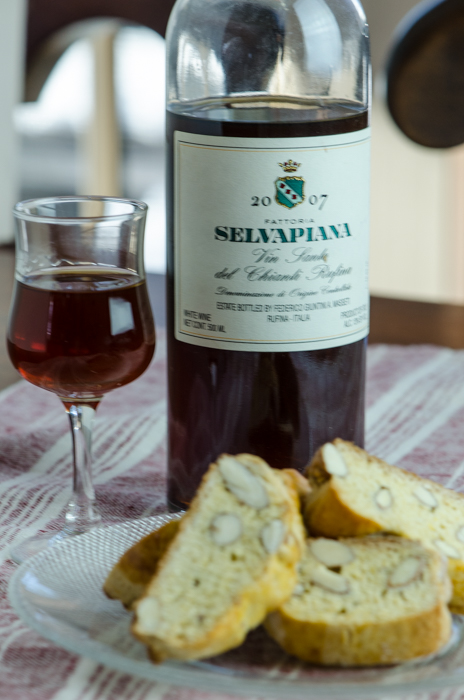
Cantucci – Almond Biscotti
1 1/2 cups whole almonds
3 eggs plus 1 egg for egg wash
3/4 cup sugar
Grated peel of one orange or lemon
1 tablespoon honey
2 3/4 cups flour (plus flour to help kneading on the work surface)
1 teaspoon baking powder
2 teaspoons salt
Brown sugar for sprinkling
Preheat the oven to 350 °F.
Coarsely chop 1/2 cup of almonds. Bake the remaining whole almonds for 5 minutes: do not toast, remove them as soon as they release their aroma.
In a large bowl, mix 3 eggs with sugar. Whisk to combine well. Whisk in orange peel and honey.
In a medium bowl, mix the flour with the baking powder and salt. Then add it slowly to the mixture of eggs and sugar. Add the almonds, both the chopped and the whole ones. You will have a thick dough, knead well in bowl to distribute almonds uniformly in dough.
Place the dough on the work surface, knead to form long loaves, about 3” wide and 12” long. Place on a sheet pan.
Brush with the remaining beaten egg and sprinkle with a few grains of brown sugar.
Bake for 20 minutes in the preheated oven.
Remove from the oven, cut the loaves obliquely into 3/4” slices, to create the typical shape of the Cantucci. Then bake another 5 minutes to toast and remove them.
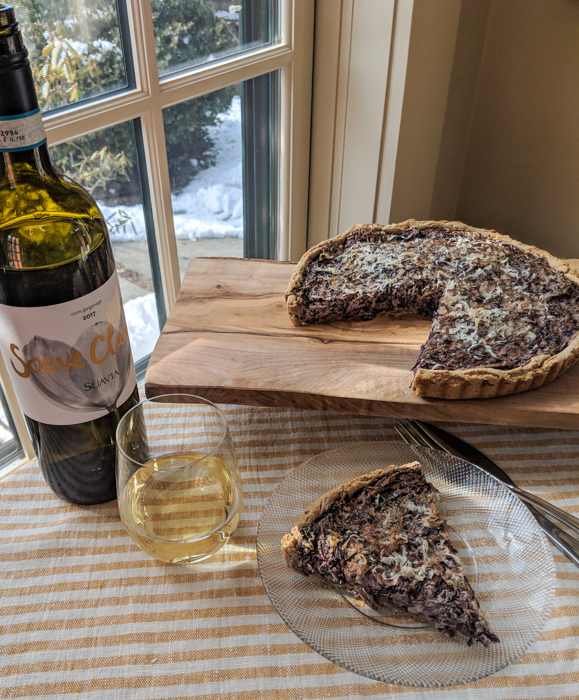
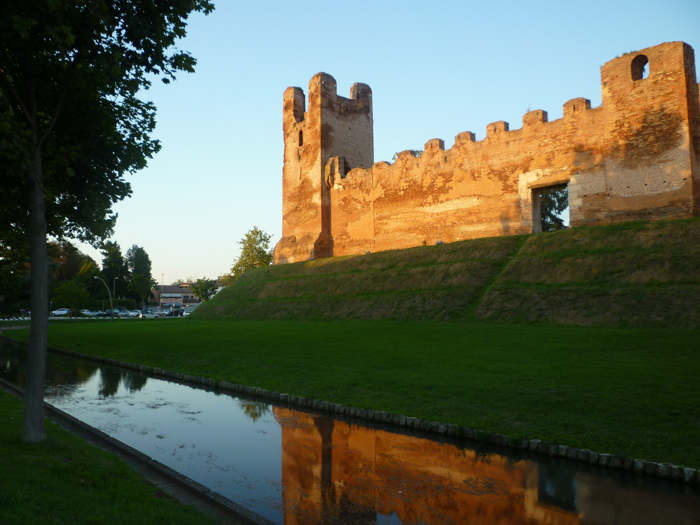
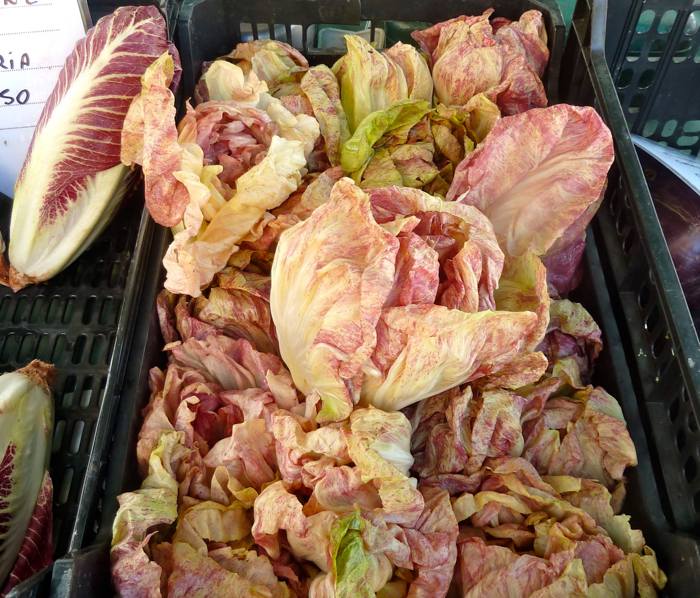
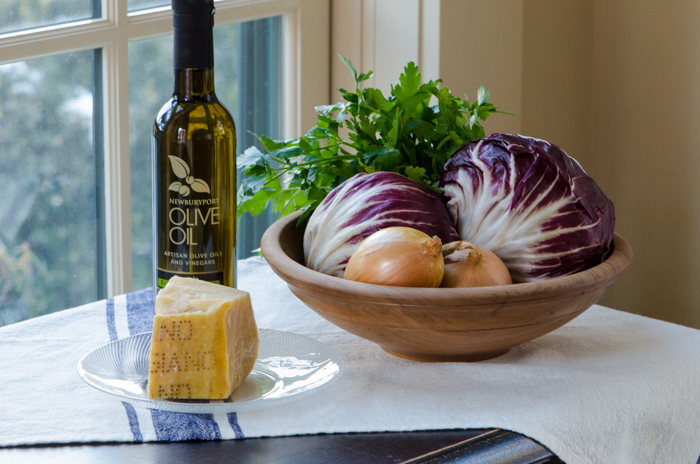
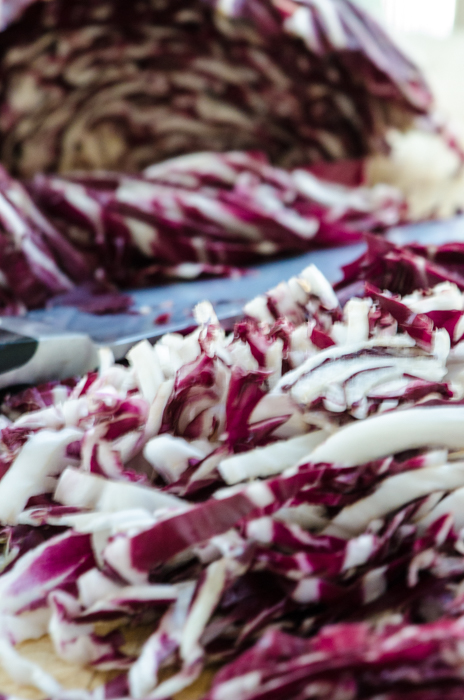
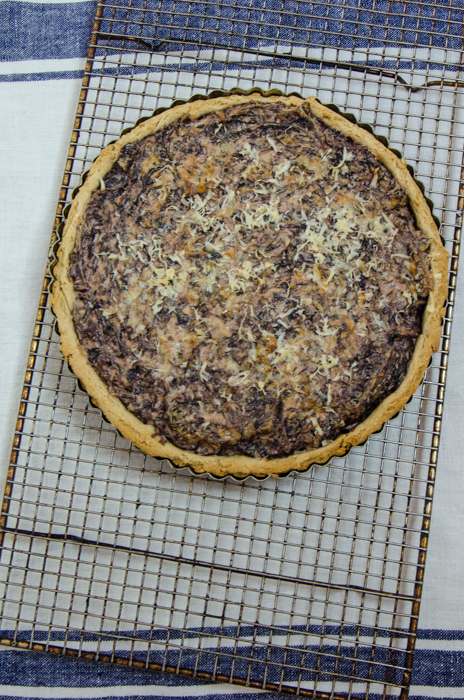
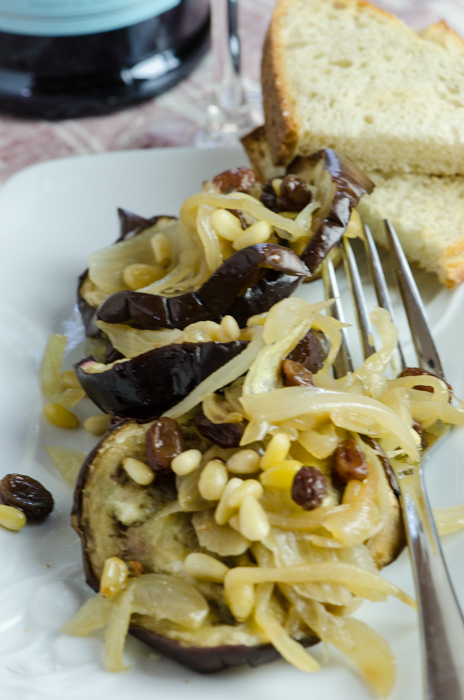
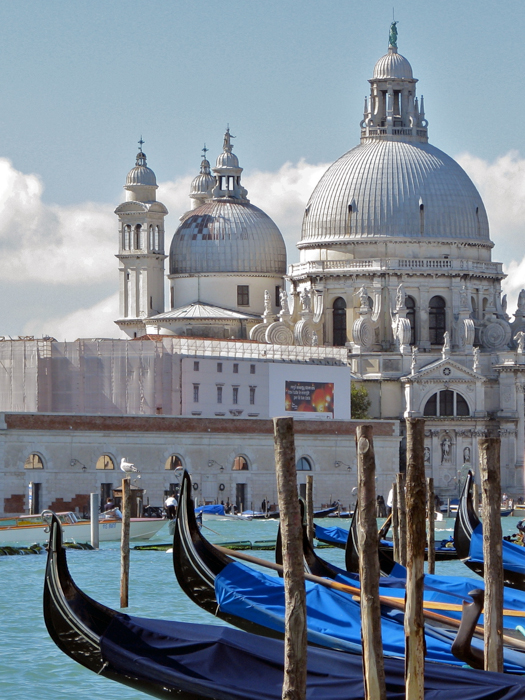
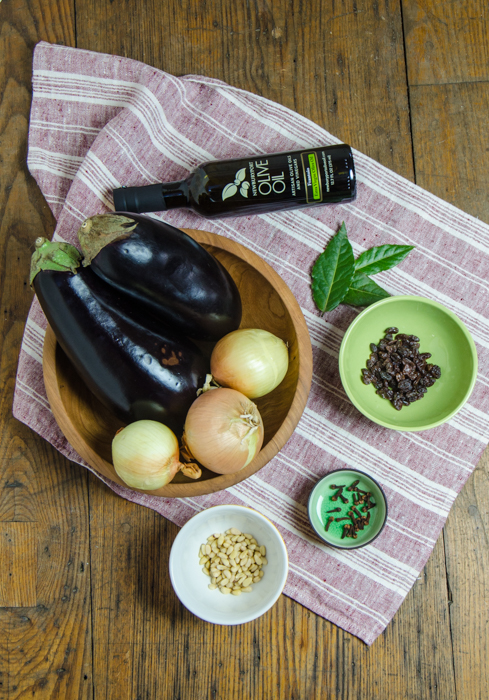
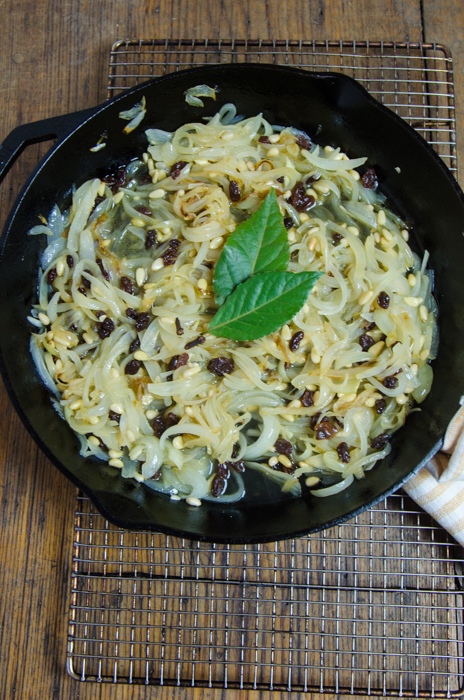
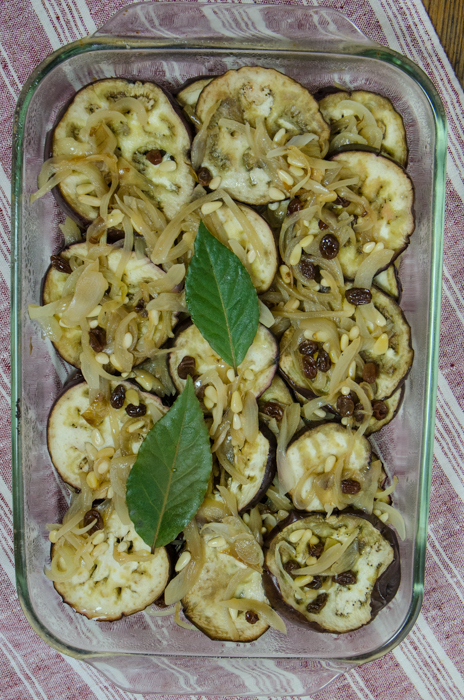
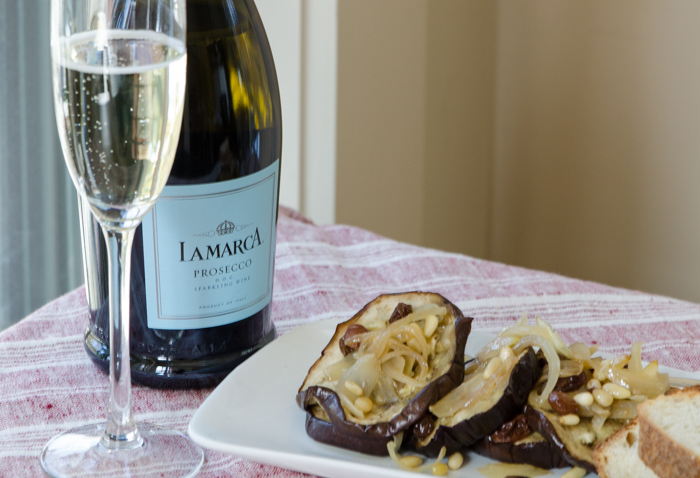
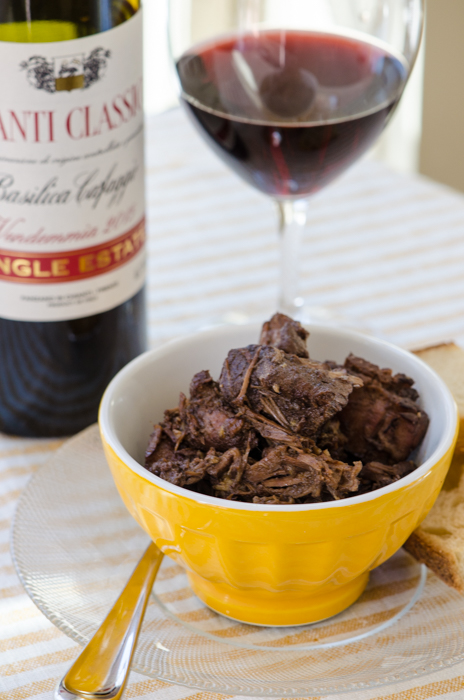

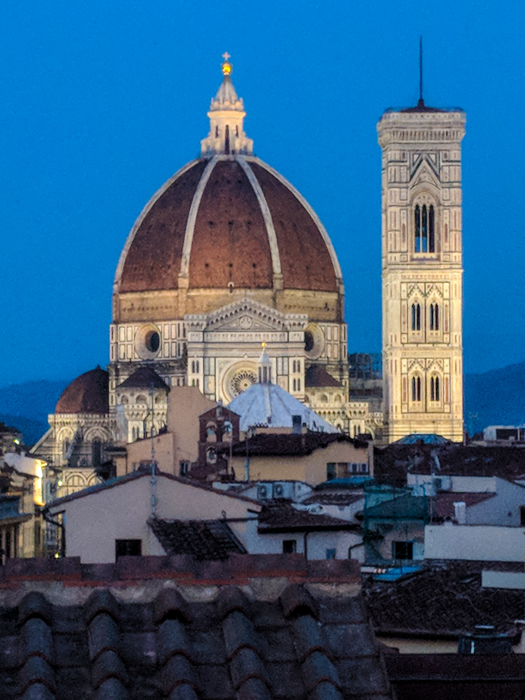
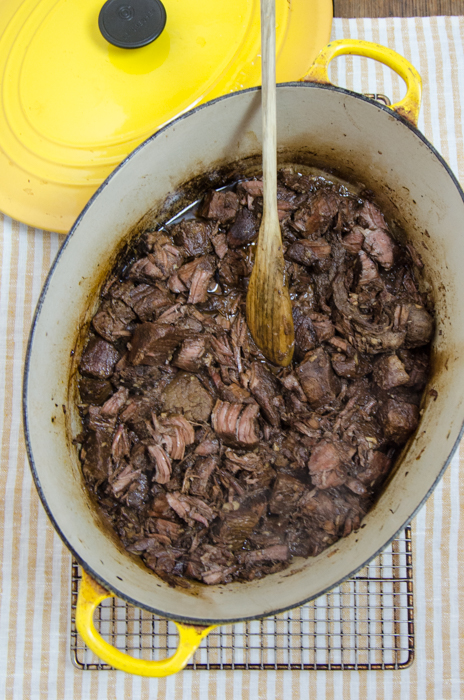
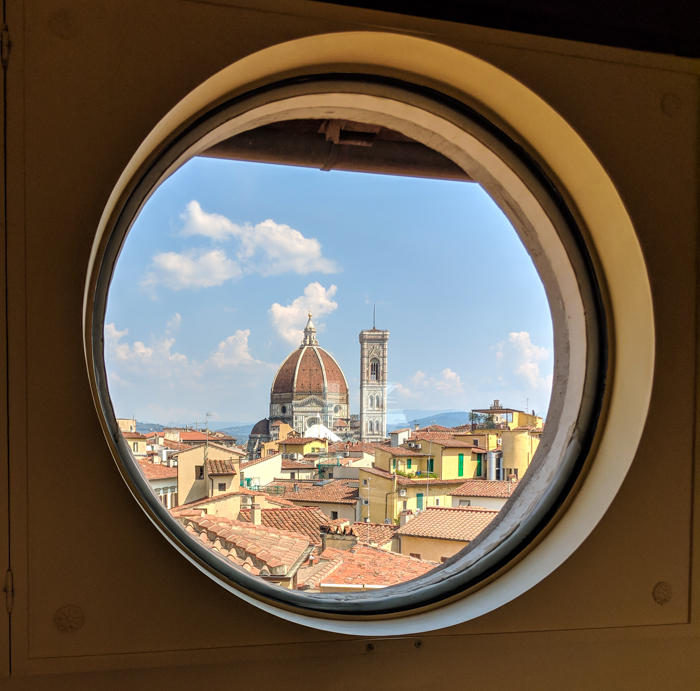
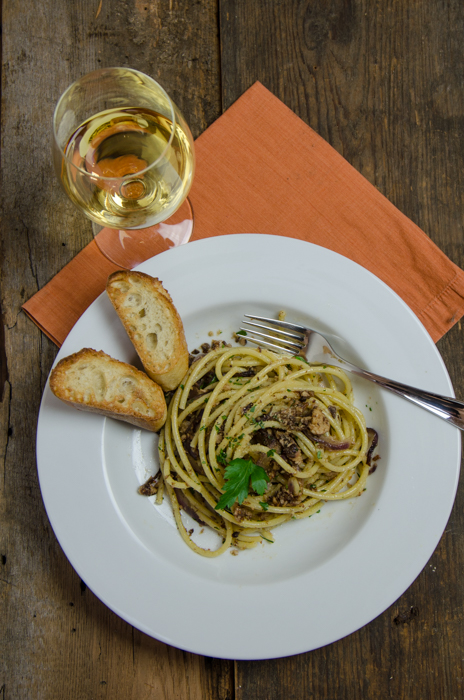 This classic Venetian dish you can whip up out of your pantry, making the sauce while the pasta cooks. I’ve enjoyed this across the Veneto region, from an osteria along the Grand Canal in Venice to a lakeside trattoria on Lake Garda, as sardines are found in both saltwater and fresh. Sardines play an important part in the local markets in Italy because of its low price and its ease of preserving. Salted sardines are perfect for this dish, but hard to find here in the US, however sardines packed in oil work just fine.
This classic Venetian dish you can whip up out of your pantry, making the sauce while the pasta cooks. I’ve enjoyed this across the Veneto region, from an osteria along the Grand Canal in Venice to a lakeside trattoria on Lake Garda, as sardines are found in both saltwater and fresh. Sardines play an important part in the local markets in Italy because of its low price and its ease of preserving. Salted sardines are perfect for this dish, but hard to find here in the US, however sardines packed in oil work just fine.